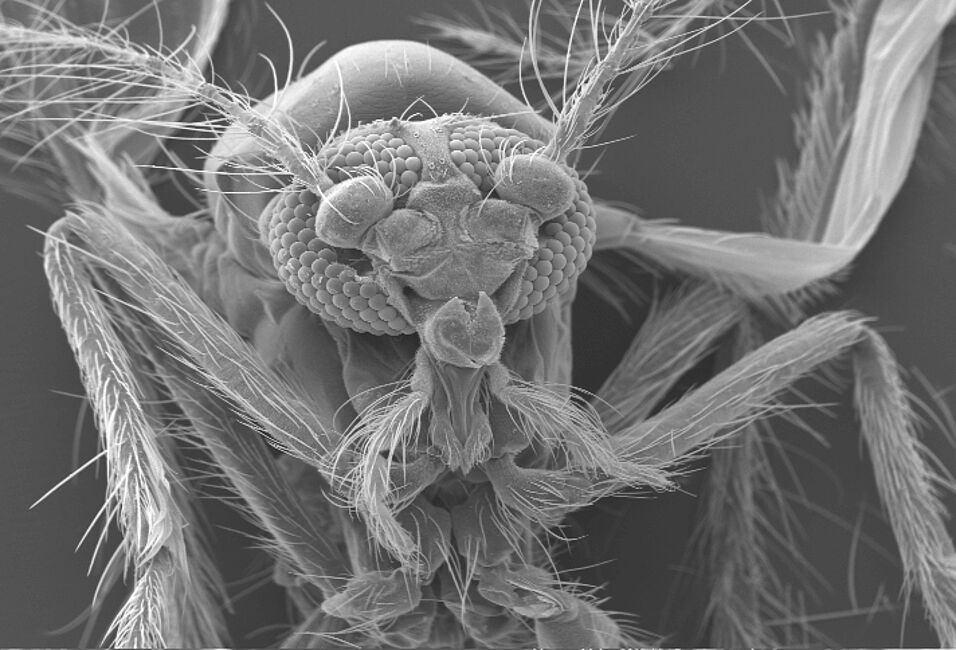MSc Student
Advisor: Harald Krenn
Unit for Integrative Zoology, Department of Evolutionary Biology
University of Vienna
Abstract
Not all blood-sucking mosquitoes are flying pests, at least for humans. For example, the representatives of the Corethrellidae exclusively feed on frogs. While the morphology of the feeding apparatus is well studied in those species that have big impacts on human health, the frog-biting midges, which belong to the same infraorder as mosquitoes, Culicomorpha, received less attention from most researchers. Especially the morphology of the blood-sucking proboscis of Corethrellidae has not been studied in detail. For this purpose, semi-thin sections of three species from genus Corethrella, i.e., C. ranapungens, C. amazonica and C. peruviana will be digitized and reconstructed into 3D-models using the computer software AMIRA. The morphological analysis will be complemented using Scanning Electron Microscopy and Light Microscopy. The results will be compared to other blood-sucking Diptera to find similarities and differences in the form and function of the proboscis as well as possible adaptations to the anuran hosts of Corethrellidae.


